5 great local architects in Rotterdam
1) Adriaan Geuze
Landscape architect Adriaan Geuze (1960) is internationally renowned, with designs for the Jubilee Gardens in London and Governor’s Island in New York. One of his first big projects was the redesign of Schouwburgplein in 1990. A majestic urban square according to some, but avoided by others because of its windswept, slippery surface. More unanimously lauded is his recent work around the new Central Station.
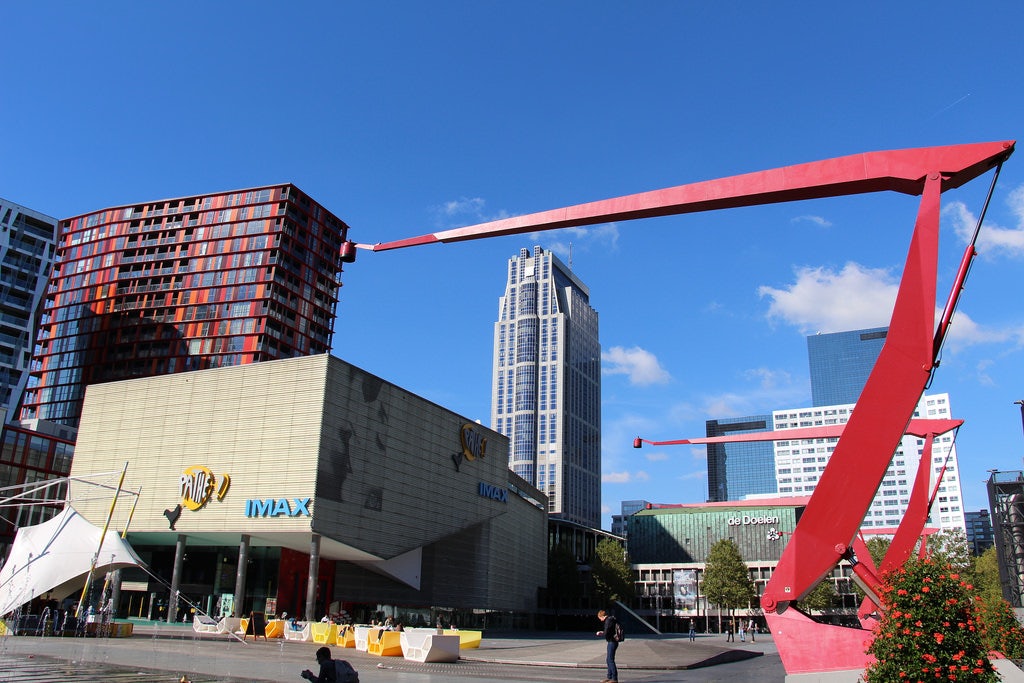
2) Evert and Herman Kraaijvanger
Brothers Evert (1899-1978) and Herman (1903-1981) Kraaijvanger played an important role in the rebuilding of Rotterdam after World War II. They were responsible for dozens of striking modernist buildings in the city, including the Holbeinhuis office building, concert hall De Doelen (Schouwburgplein 50) and the shops of Vroom & Dreesmann and Peek & Cloppenburg in the Hoogstraat.
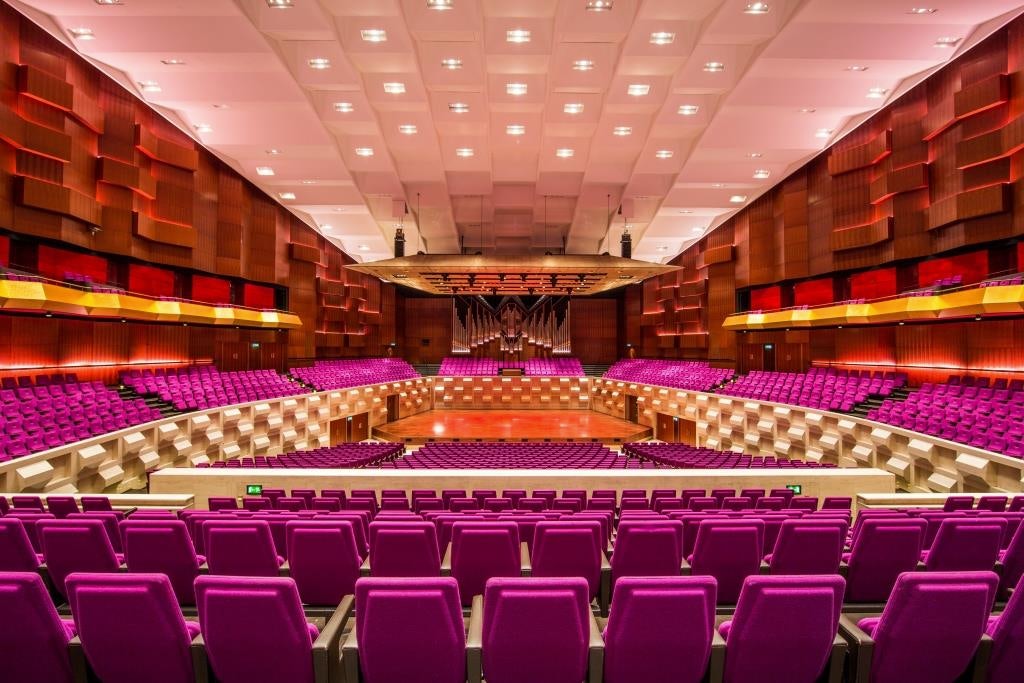
More hidden secrets of Rotterdam?
Discover all 500 hidden gems and interesting facts in this clever guide to Rotterdam, written by two locals. The perfect companion for a trip off the beaten track.
3) Rem Koolhaas
Rem Koolhaas (1944) is an internationally renowned architect. His Rotterdam based office oma has designed buildings all over the world, including the cctv building in Beijing and the Seattle Central Library. Rotterdam is also dotted with his bold, angular designs, the Rotterdam (2014), the Timmerhuis (2015) or the Kunsthal (1992) being the most notable examples. The Kunsthal (Westzeedijk 341) heralded his international breakthrough.
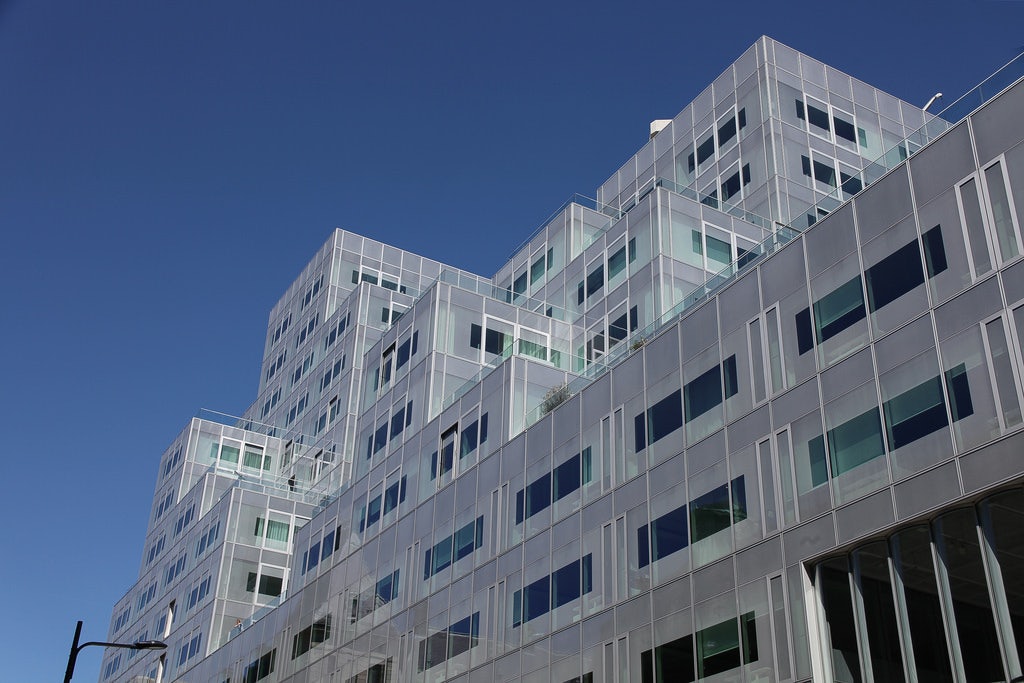
4) Hugh Maaskant
Hugh Maaskant (1907-1977) liked to refer to himself as ‘the tallest architect’. Standing over two metres tall, he often was the tallest man in the room, but he also liked to design tall buildings. Take the Groothandelsgebouw (commerce building) for example, inspired by American architecture. Built in 1955, this is a monument of Rotterdam’s reconstruction architecture. Maaskant also designed the Euromast, the Industriegebouw and the Hilton Hotel.
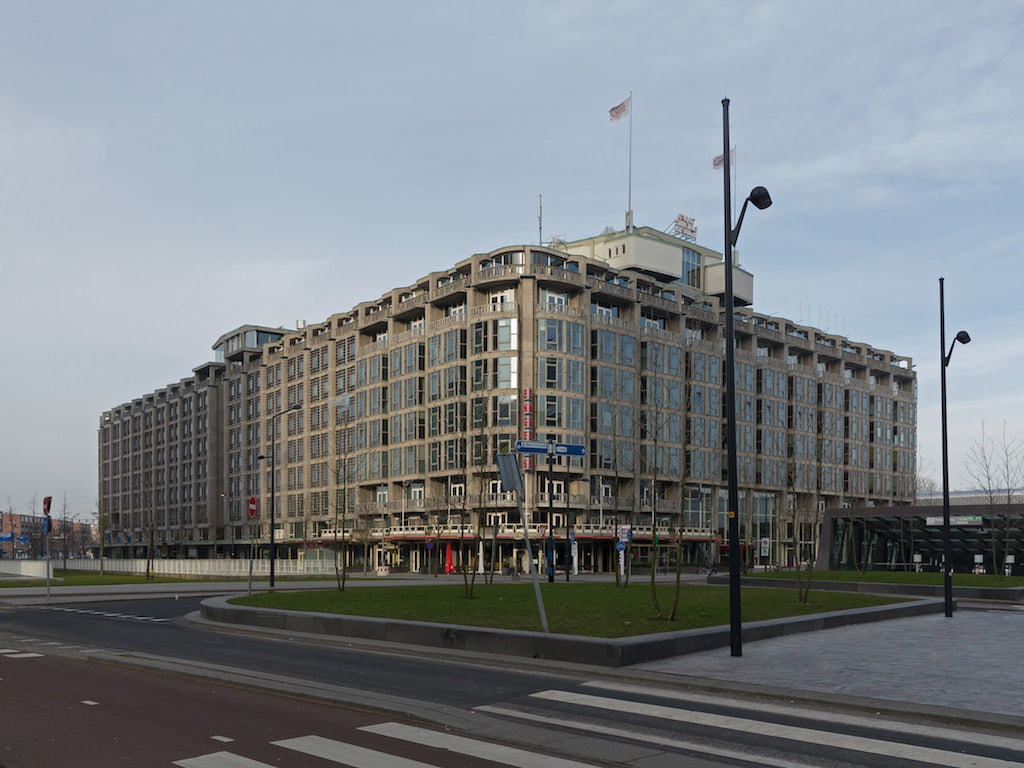
5) Piet Blom
Piet Blom (1934-1999) was a member of the Dutch structuralism movement of the 1960s and 70s. One of his cube houses is now a small museum. He also rebuilt the nearby old harbour, a lively bar area which had been in ruins for years after the Second World War. From there you can also see Blom’s remarkable high-rise called The Pencil at Kolk.
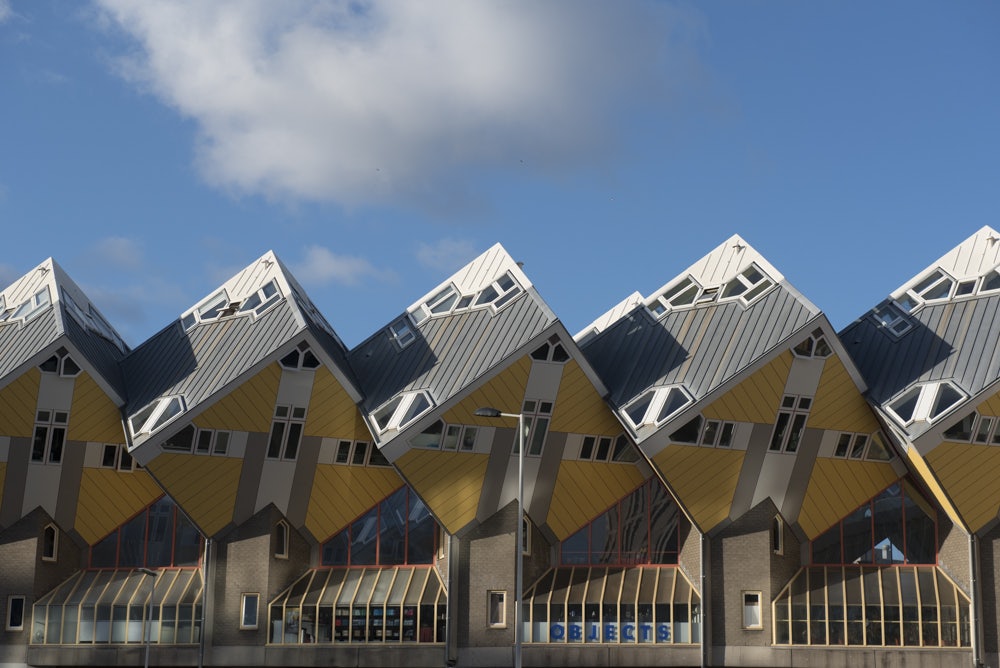
Tino van den Berg
More hidden secrets of Rotterdam?
Discover all 500 hidden gems and interesting facts in this clever guide to Rotterdam, written by two locals. The perfect companion for a trip off the beaten track.
JOIN THE HIDDEN SECRETS SOCIETY
Unlock a world of hidden gems. Sign up for free and gain access to over 4,000 addresses on our website. Plus, enjoy a 10% discount on all print guides and ebooks. Start exploring today!
Already a member? Log in. |
New here? Sign up. |